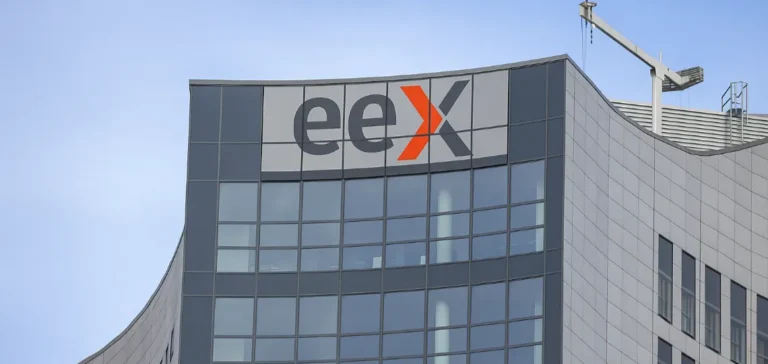Investment funds active in the European carbon market increased their net long positions to 28.9 million European Union Allowances (EUAs) as of August 8, according to the Commitment of Traders report published August 13 by the Intercontinental Exchange. This 39.09% week-over-week increase marks the highest level since early April, with gross long positions of 65.97 million EUAs against 37.11 million short positions. Managers are accumulating these positions for the third consecutive week, responding to clarifications on the auction calendar and commercial developments between the European Union and the United States. A carbon market trader confirms that the trade agreement and auction calendar have created clarity, allowing EUAs to cautiously test the upside.
Prices Contained Within Narrow Range
EUAs were trading at 71.62 euros per tonne of CO2 equivalent on August 13 at 14:52 London time, down 2.17% from the August 8 session according to ICE data. This correction follows a period of long position building that pushed prices from the 52 euros reached in February, the lowest level since 2021. A second trader suggests profit-taking between the COT report publication and the August 13 session, given the magnitude of accumulated long positions. Platts, a division of S&P Global Commodity Insights, has assessed December delivery EUAs in a range of 69 to 73 euros since early July, reflecting this stabilization.
Demand remains affected by the summer season with many participants expected to return only in September. Supply remains abundant before anticipated withdrawals related to the Market Stability Reserve (MSR) scheduled later in September. The MSR will withdraw 275.5 million EUAs from auctions between September 2025 and August 2026, according to the European Commission communication of May 28, 2025. Power sector emissions decreased by 19% between 2022 and 2023, resulting in an estimated 16.5% reduction in total emissions covered by the European Union Emissions Trading System (EU ETS).
Divergent Expectations on Alaska Summit
Operators are monitoring the summit scheduled for August 15 between US President Donald Trump and Russian President Vladimir Putin in Alaska. A trader interviewed indicates that an agreement on Ukraine would support natural gas, electricity and carbon prices. However, sentiment remains pessimistic about the likelihood of a major diplomatic breakthrough according to market sources consulted. Expectations diverge on the potential impact of this meeting on European energy markets, as Ukraine and the European Union fear being marginalized in negotiations.
Meanwhile, discussions on linking the British and European trading systems have progressed since the agreement in principle announced May 19, 2025. The European Council authorized the opening of formal negotiations on July 16, 2025. This prospect has reduced the price gap between UK Allowances and EUAs, falling from over 35 pounds sterling in January to approximately 6.50 pounds currently. The UK market also shows net long positions of 18.3 million allowances, up 4.56% for the week, representing a two-month high according to ICE data.
Structural Transformation of Sectoral Demand
The aviation sector is gradually losing its free allocations with a 25% reduction applied in 2024, followed by 50% in 2025 before complete elimination in 2026. This transition will force airlines to purchase approximately 18.4 million additional EUAs in 2024 and 36.8 million in 2025 on the market. Maritime transport, included in the EU ETS since 2024, must cover 40% of its emissions this year, a proportion that will increase to 70% in 2025 then 100% in 2026. Shipowners are beginning to build positions to cover these growing obligations that will represent approximately 78.4 million tonnes of CO2 annually at full capacity.
REPowerEU volumes continue to weigh on the supply-demand balance with 86.685 million EUAs scheduled for auction in 2025 and 58 million in 2026. The European Commission confirmed on November 21, 2024 that no volume adjustment would be made before September 2025, despite downward pressure on prices. Brokers anticipate prices maintaining the 69-73 euro range near-term, with risk of testing 60 euros if European industrial production remains depressed. Analysts nevertheless project a recovery toward 75 euros on average for 2025, then a rally toward 100 euros by 2029-2030 when supply tightens with the progressive end of free allocations for sectors covered by the Carbon Border Adjustment Mechanism starting in 2026.






















